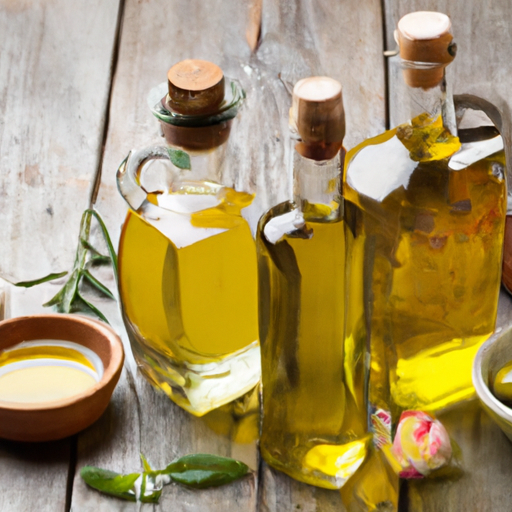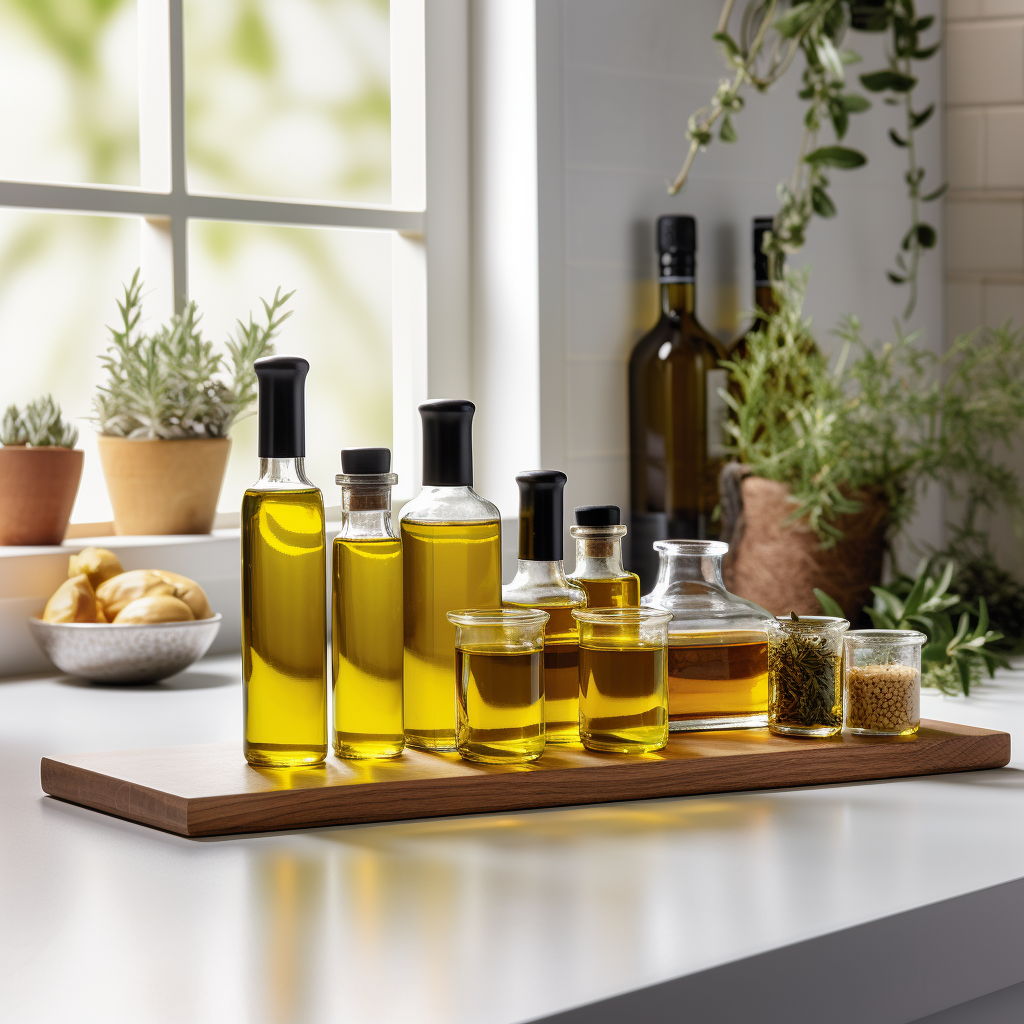If you’ve ever found yourself standing in the cooking oil aisle at the grocery store, unsure of which oil to choose for your next meal, you’re not alone. The world of cooking oils can be overwhelming, with so many options to choose from. But fear not, because in this article, we’ll guide you through the process of properly selecting and using various cooking oils for different types of dishes. Whether you’re frying, sautéing, or baking, we’ve got you covered with all the information you need to become a master in the kitchen. So let’s get started and dive into the wonderful world of cooking oils!
Understanding Different Types of Cooking Oils
Introduction to Cooking Oils
When it comes to cooking, choosing the right oil is essential for achieving the best flavor and texture in your dishes. Cooking oils play a crucial role in enhancing the overall taste, texture, and nutritional value of the food we prepare. They not only provide the necessary fats for cooking but also add a delightful aroma and mouthfeel to our culinary creations.
Commonly Used Cooking Oils
There is a wide range of cooking oils to choose from, each with its own unique characteristics and flavors. Some of the most commonly used cooking oils include olive oil, canola oil, vegetable oil, avocado oil, coconut oil, peanut oil, and sesame oil. Each of these oils has its own distinct flavor profile and can be used in various cooking methods to elevate the taste and quality of your dishes.
Smoke Point of Cooking Oils
The smoke point of a cooking oil refers to the temperature at which it starts to break down and produce smoke. It is an important factor to consider when selecting the right oil for different cooking techniques. Oils with a high smoke point, such as refined oils like canola, peanut, and sunflower oil, are suitable for high-heat cooking methods like frying, sautéing, and deep frying. On the other hand, oils with a lower smoke point, like extra virgin olive oil or flaxseed oil, are better suited for low-heat cooking methods or as dressings for salads and marinades.
Flavor Profiles of Cooking Oils
Each cooking oil has its own unique flavor profile, which can greatly influence the taste of your dishes. For instance, extra virgin olive oil has a rich, fruity flavor, while coconut oil brings a pleasant tropical aroma and taste. Avocado oil offers a creamy and buttery essence, whereas sesame oil has a strong nutty flavor. By understanding these flavor profiles, you can select the best oil to complement the ingredients and cooking techniques used in your recipe.
Considerations for Selecting Cooking Oils
Cooking Technique
Different cooking techniques require different types of oils. For instance, when deep frying or pan frying, it is crucial to choose an oil with a high smoke point, such as peanut oil or canola oil. On the other hand, when sautéing or stir frying, opting for oils like sesame oil or olive oil can add a delightful flavor to your dishes.
Flavor Compatibility
Consider the flavors of the cooking oil and how they will pair with the other ingredients in your dish. For example, if you are making a Mediterranean-style salad, using extra virgin olive oil can enhance the flavors of the ingredients and create a harmonious taste. Similarly, for Asian stir-fried dishes, sesame oil can bring a distinct nutty flavor that complements the overall dish.
Nutritional Value
When selecting a cooking oil, it’s important to consider its nutritional value. Some oils are rich in healthy fats, such as monounsaturated or polyunsaturated fats, which are beneficial for heart health. Olive oil and avocado oil are examples of oils high in these healthy fats. On the other hand, coconut oil is high in saturated fats, which should be consumed in moderation.
Smoke Point
The smoke point of the oil should also be taken into account, especially if you are planning to cook at high temperatures. Using an oil with a low smoke point for high-heat cooking can lead to the production of harmful smoke and unpleasant flavors. Opt for oils with high smoke points, like canola or peanut oil, for frying, baking, or grilling.
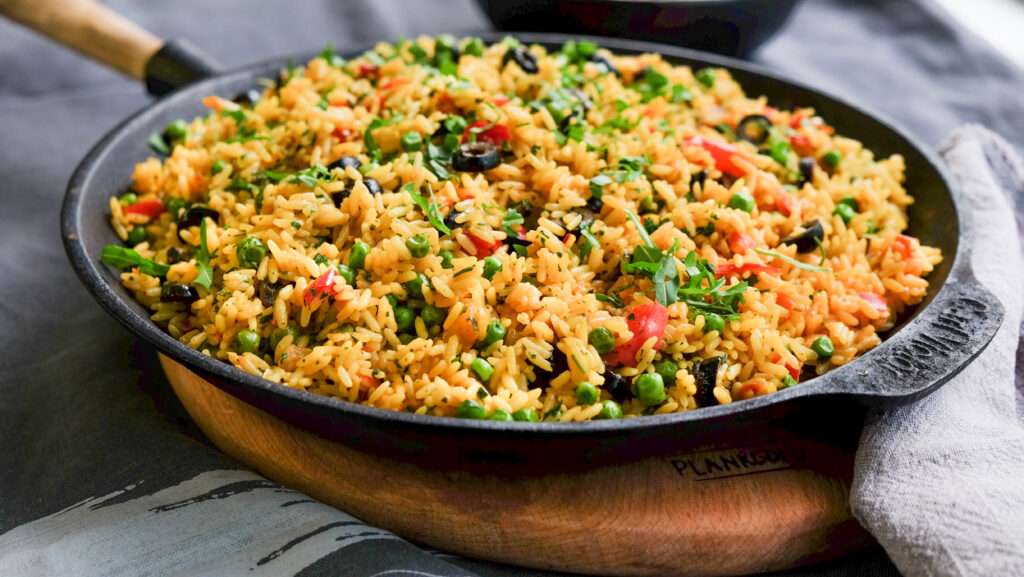
Selecting Cooking Oils for Different Types of Dishes
Frying and Sautéing
When it comes to frying and sautéing, using oils with high smoke points is essential to achieve crispy and delicious results. Peanut oil, canola oil, and sunflower oil are all excellent choices for these high-heat cooking methods.
Roasting and Baking
For roasting and baking, oils with a mild flavor and a high smoke point are preferred. Canola oil, vegetable oil, or even olive oil (not extra virgin) can be great options to create a golden and crispy crust on your roasted meats or perfectly baked pastries.
Grilling and BBQ
When grilling or barbecuing, oils with a high smoke point and a robust flavor are ideal. Peanut oil, avocado oil, or even a blend of olive oil and vegetable oil can be used to brush over your meats and vegetables, enhancing their flavor and preventing them from sticking to the grill.
Dressing and Marinades
When making dressings or marinades, the flavor of the oil becomes more prominent. Extra virgin olive oil, sesame oil, or even walnut oil can bring a delightful taste to your salads or marinades, elevating them to a whole new level of deliciousness.
Stir-Frying
Stir-frying requires high heat and quick cooking, making oils with a high smoke point essential. Peanut oil, canola oil, or vegetable oil are excellent choices for stir-frying, adding a subtle flavor that complements the ingredients.
Deep Frying
Deep frying demands an oil with a high smoke point and a neutral flavor, so as not to overpower the taste of the food. Canola oil, peanut oil, or vegetable oil are all popular choices for deep frying, ensuring a crispy and evenly cooked result.
Pan-Frying
Pan-frying involves cooking food in a shallow quantity of oil, requiring oils with a medium-high smoke point. Canola oil, vegetable oil, or even olive oil can be used for pan-frying, adding a touch of flavor to your dishes.
Braising and Stewing
For slow-cooked dishes like braising and stewing, oils with a rich flavor are preferred to enhance the taste of the ingredients. Olive oil, coconut oil, or even sesame oil can bring depth and complexity to your braised or stewed dishes.
Salad Dressings
When making salad dressings, the choice of oil can greatly impact the taste and texture of the dressing. Extra virgin olive oil, avocado oil, or walnut oil can add a luxurious feel to your dressings, creating a delectable combination with the other ingredients.
Light Searing
For a quick sear on meats or fish, oils with a high smoke point and a subtle flavor work best. Canola oil, vegetable oil, or even peanut oil can help achieve a delicious crust without overpowering the natural flavors of the ingredients.
Properly Using Cooking Oils
Determining the Appropriate Amount
Using the right amount of cooking oil is crucial for achieving the desired results. Too little oil can cause the food to stick to the pan, while too much oil can make the dish greasy. A general rule of thumb is to use enough oil to coat the cooking surface or ingredients evenly without excess.
Heating the Oil
Heating the oil before cooking is essential to ensure proper cooking and prevent food from becoming overly greasy. Heat the oil over medium heat until it shimmers or ripples, indicating that it is hot enough for cooking. Avoid overheating the oil, as this can lead to smoke and unpleasant flavors.
Adding Oil to the Pan
When adding oil to a pan, it is best to pour it along the sides instead of directly into the center. This helps to evenly distribute the oil and prevents splattering. Take caution when adding oil to a hot pan, as it may splatter or cause burns.
Coating or Seasoning Ingredients
When coating or seasoning ingredients with oil, it is important to do so evenly. This can be achieved by using a brush, your hands, or even tossing the ingredients in a bowl with the oil. Properly coated ingredients ensure that the oil is distributed evenly, resulting in even cooking and enhanced flavor.
Drizzling or Finishing Dishes
Drizzling a small amount of oil over finished dishes can add a final touch of flavor and visual appeal. This is especially common with salads, grilled meats, or roasted vegetables. Use a high-quality oil with a flavor profile that complements the dish to provide a finishing touch.
Storing Cooking Oils
Proper storage is crucial to maintain the quality and shelf life of your cooking oils. Store oils in a cool, dark place, away from direct sunlight and heat sources. Exposure to light and heat can oxidize the oil, leading to rancidity and a deterioration in taste. Additionally, be mindful of the expiration dates and use the oil within the recommended time frame for optimal freshness.
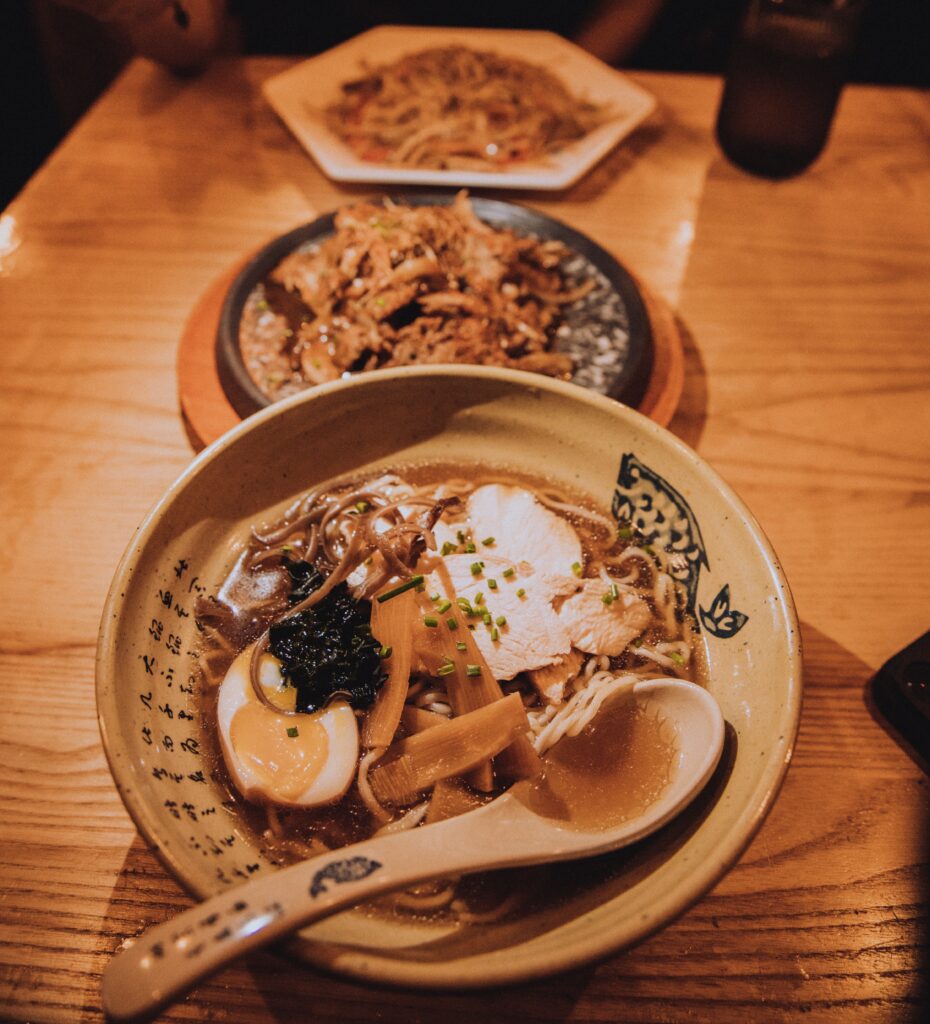
Substituting Cooking Oils in Recipes
Choosing the Right Substitute
When you need to substitute a cooking oil in a recipe, consider the flavor and smoke point of the oil you are replacing. Look for a substitute with a similar flavor profile and smoke point to ensure the desired results. For example, if a recipe calls for vegetable oil, you can substitute it with canola oil or sunflower oil.
Proportions for Substituting
When substituting oils in recipes, it is important to use the same proportions to maintain the intended texture and consistency of the dish. For example, if a recipe calls for 1/4 cup of olive oil, you would use 1/4 cup of the chosen substitute oil instead.
Considering Flavor Impact
Keep in mind that substituting oils can impact the overall flavor of your dish. For instance, using coconut oil instead of vegetable oil can add a subtle coconut flavor to your recipe. Consider how the substitute oil will interact with the other ingredients and adjust the amounts accordingly to achieve a balanced taste.
Smoke Point of Substitutes
Pay attention to the smoke point of substitute oils, especially if you are cooking at high temperatures. Using an oil with a lower smoke point than the original may result in a burnt or unpleasant taste. Ensure that the substitute oil can withstand the cooking method to avoid compromising the dish’s quality.
Health Considerations of Cooking Oils
Understanding Saturated and Unsaturated Fats
Different cooking oils contain varying amounts of both saturated and unsaturated fats. Saturated fats, typically found in animal products and tropical oils like coconut oil, can raise cholesterol levels when consumed in excess. Unsaturated fats, on the other hand, are considered heart-healthy and can help lower cholesterol levels. Oils like olive oil, canola oil, and avocado oil are high in monounsaturated or polyunsaturated fats, making them healthier options.
Optimal Oil Consumption
While cooking oils are a necessary component of a balanced diet, it’s important to consume them in moderation. Oils are high in calories, so excessive consumption can contribute to weight gain. Be mindful of portion sizes and try to choose healthier oils for regular use to maintain a balanced and nutritious diet.
Choosing Healthier Options
When it comes to selecting healthier cooking oils, aim for those with higher amounts of monounsaturated or polyunsaturated fats and lower levels of saturated fats. Olive oil, avocado oil, and walnut oil are all excellent choices that offer a healthier fat profile.

Assessing Cooking Oil Quality
Checking for Rancidity
Rancid oil can have an unpleasant taste and smell. To check the quality of your cooking oil, give it a sniff. If it smells off or has a rancid odor, it’s best to discard and replace it. Also, pay attention to any changes in color or consistency, as these can be indicators of oil turning bad.
Certifications and Quality Indicators
Look for certifications and quality indicators when purchasing cooking oils. Some oils, such as extra virgin olive oil, may have certifications like the European Union’s Protected Designation of Origin (PDO) or the United States Department of Agriculture (USDA) Organic seal. These certifications can provide assurance of quality and authenticity.
Storage Conditions
Appropriate storage conditions are crucial for maintaining the quality and freshness of cooking oils. Store oils in airtight containers away from direct light and heat sources, ideally in a cool pantry or cupboard. Excessive exposure to heat, light, or oxygen can accelerate the oxidation process and affect the taste and nutritional value of the oil.
Expiration Dates
Check the expiration dates on your cooking oils to ensure that you are using them within their recommended shelf life. Expired oils may become rancid and should be discarded. Using oil past its expiration date can negatively impact the taste and nutritional value of your dishes.
Common Misconceptions About Cooking Oils
The Myth of a Single, Universal Cooking Oil
Contrary to popular belief, there is no single universal cooking oil that can be used for all dishes and cooking methods. Each cooking oil has its own unique characteristics and flavor profile, making it better suited for specific recipes and techniques. Understanding the different types of cooking oils and their properties is key to achieving the best results in your culinary endeavors.
The Misunderstanding of Smoke Points
The smoke point of an oil is often misunderstood or overlooked. It is important to consider the smoke point when selecting an oil for cooking at different temperatures. Cooking with an oil beyond its smoke point can lead to the production of harmful smoke and compromise the taste of your dishes. Matching the smoke point of the oil to the cooking method is essential for ensuring optimal results.
Assumption of All Oils Being Healthy
While some cooking oils, like olive oil and avocado oil, offer health benefits due to their high unsaturated fat content, not all oils are equally healthy. Oils with high levels of saturated fats, such as coconut oil or palm oil, should be consumed in moderation. It is important to consider the nutritional value and fat profile of each oil to make informed choices for your overall health and well-being.
Neglecting Oil Storage Importance
Proper storage of cooking oils is often overlooked, yet it is crucial for maintaining their quality and freshness. Exposure to heat, light, and oxygen can lead to oxidation and spoilage of the oil. Storing oils in a cool, dark place and tightly sealed containers is essential to preserve their flavor and nutritional value over time.
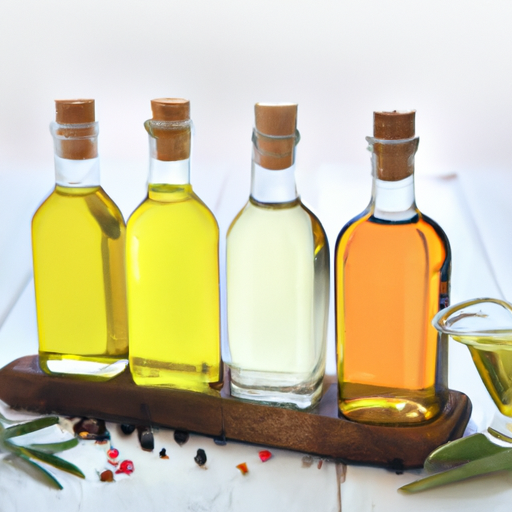
Tips and Tricks for Cooking with Different Oils
Mixing Oils for Complex Flavors
Experimenting with different combinations of oils can create unique and complex flavor profiles in your dishes. Blending oils like extra virgin olive oil, sesame oil, and avocado oil can result in a harmonious combination that enhances the taste and aroma.
Using Infused Oils
Infused oils, such as garlic-infused oil or chili-infused oil, can add an extra layer of flavor to your dishes. These oils are created by infusing herbs, spices, or other aromatics into a neutral-flavored oil. They can be used to drizzle or finish dishes, adding a burst of flavor that takes your culinary creations to the next level.
Controlling Oil Absorption in Cooking
To minimize oil absorption in fried or sautéed dishes, ensure that the oil is at the correct temperature before adding the food. Hotter oil creates a seal on the surface of the food, preventing excessive oil absorption. Additionally, allowing fried foods to drain on a paper towel after cooking can help remove any excess oil.
Enhancing Texture with Different Oils
Different oils can contribute to the texture of your dishes. For example, using butter or coconut oil in baking can result in a rich and moist texture, while using oils like olive oil or vegetable oil can create a lighter texture. Consider the texture you want to achieve when selecting the oil for your recipe.
Conclusion
Selecting the right cooking oil is an important decision that can greatly impact the taste, texture, and nutritional value of your dishes. With a wide range of options available, understanding the characteristics, flavor profiles, and suitability for different cooking techniques is essential. By making informed choices and using proper techniques, you can elevate your culinary creations to new heights with the perfect cooking oil. So go ahead, experiment, and enjoy the delicious possibilities that cooking oils bring to your kitchen.
